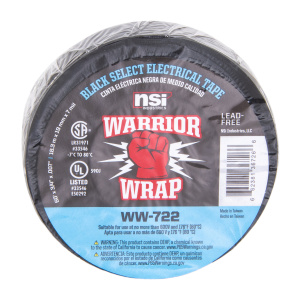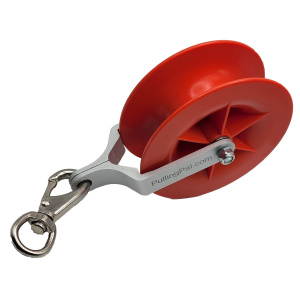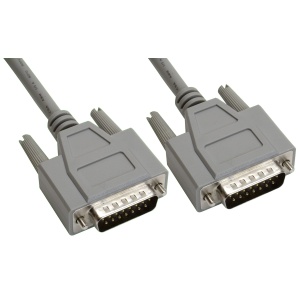Choosing the right size ring terminal may not sound like rocket science. However, for the uninitiated, it can turn into a real stumbling block. This guide will navigate you through the nuts and bolts of making the perfect choice.
Introduction
If you’re in the realm of electrical works or an enthusiastic DIYer, ring terminals are likely to be in your everyday vocabulary. It’s all well and good until you find yourself in a pickle trying to determine the right size for your project. But worry not, this comprehensive guide on how to choose the right size ring terminal will save you the guesswork and hassle.
Understanding Ring Terminals
What is a Ring Terminal?
A ring terminal, also referred to as a ring connector, is a type of electrical connector typically used to secure a wire to a screw or stud. Known for their reliability and firm connection, ring terminals are widely employed in various industries.
Why is the Right Size Important?
Choosing the wrong size ring terminal is akin to trying to fit a square peg in a round hole. It can lead to loose connections, unnecessary strain on the wire, and ultimately, system failures. The correct size ensures optimal electrical flow and minimizes potential risks.
How to Choose the Right Size Ring Terminal
When it comes to ring terminals, there’s no one-size-fits-all. Here’s your step-by-step guide to finding the perfect fit.
Consider the Wire Size
The wire size is a critical aspect in determining the right size ring terminal. The terminal should snugly fit the wire to ensure a secure connection.
Check the Stud Size
The size of the stud or screw where the terminal will be attached is another vital factor. The ring terminal’s hole must correspond to the stud size for a reliable and sturdy connection.
Factor in the Terminal’s Material
The material of the ring terminal can affect its size and suitability for different applications. Brass terminals, for example, are more malleable than steel or nickel ones, allowing a better fit in some scenarios.
Assess the Insulation Type
Ring terminals may be insulated or non-insulated. The insulation type can impact the terminal’s overall size and use.
Common Ring Terminal Sizes and Their Applications
The ring terminal universe is filled with a multitude of sizes. Let’s take a look at the most common ones and their typical uses.
#6 Ring Terminal
The #6 ring terminal is a popular choice for securing wires to screws in numerous low-voltage applications.
#8 Ring Terminal
Larger than its #6 counterpart, the #8 ring terminal is widely used in car audio systems, and other automotive and marine applications.
1/4″ Ring Terminal
Known for its versatility, the 1/4″ ring terminal is a common sight in various industrial and heavy-duty applications.
Deciphering Ring Terminal Labels
When you delve into the world of ring terminals, you’re bound to come across cryptic-looking labels. Understanding these can save you a headache.
Stud Size Denotation
The first part of a ring terminal label usually denotes the stud size. This is commonly expressed in both the American Wire Gauge (AWG) and the metric system.
Wire Range Indication
The second part of the label denotes the wire range the terminal can accommodate. This is also expressed in both AWG and the metric system.
FAQs on How to Choose the Right Size Ring Terminal
Navigating through the sea of ring terminals can get perplexing. Here are some frequently asked questions to help you out.
1. How do I know if my ring terminal is the right size?
A right size ring terminal should fit your wire snugly and connect securely to the stud or screw without any slack.
2. What happens if I use the wrong size ring terminal?
Using the wrong size ring terminal can lead to loose connections, causing inefficient power flow and potential system failure.
3. Can I use a larger ring terminal for a smaller wire?
While it may be physically possible, using a larger terminal for a smaller wire will result in an unstable connection, which can lead to system inefficiency.
4. Can I use a smaller terminal for a larger wire?
Attempting to use a smaller terminal for a larger wire will strain the wire and possibly damage both the terminal and the wire.
5. Can the material of a ring terminal affect its size?
Yes, different materials can affect the size and flexibility of ring terminals. Some materials, like brass, are more malleable than others.
6. How are ring terminal sizes determined?
Ring terminal sizes are typically determined by the stud size they’re designed for and the range of wire sizes they can accommodate.
Conclusion
Choosing the right size ring terminal is essential for establishing a reliable and efficient electrical connection. It requires considering factors like the wire and stud size, terminal material, and insulation type. Understanding ring terminal labels and sizes can also significantly simplify your selection process. Hopefully, this guide has demystified the task of how to choose the right size ring terminal for you.












